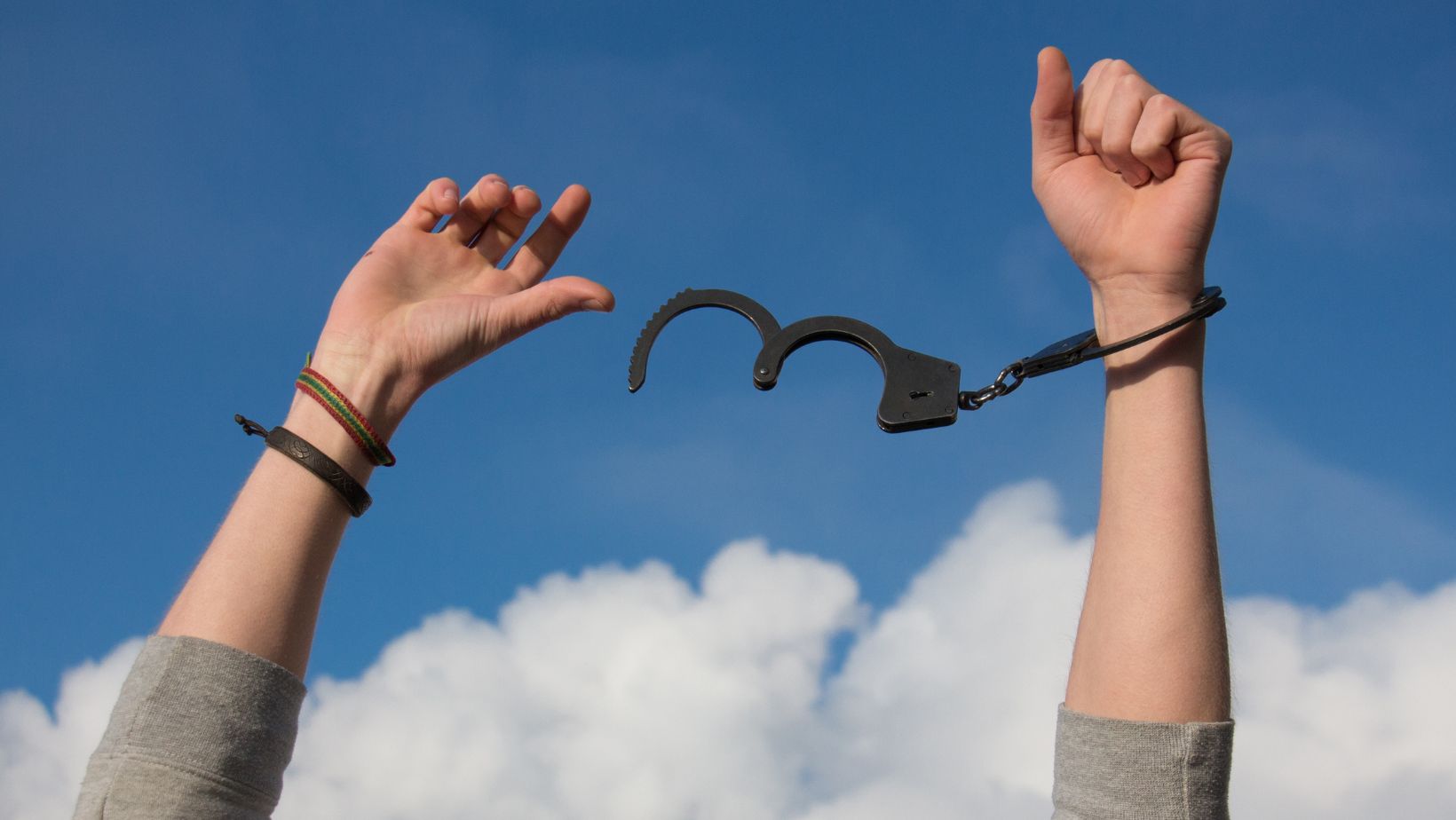Addiction is not just a behavior phenomenon but a condition that significantly affects the brain’s characteristics. Studies have revealed that addiction does affect the brain in such a way that it forms a cycle that is difficult to reverse. Knowledge of the three phases of the addiction cycle, which include binge/intoxication, withdrawal/negative affect, and preoccupation/anticipation, assists in explaining how addiction transforms the brain and why seeking assistance.
Stage 1: Binge/Intoxication
The first phase in the addiction cycle is the binge/intoxication phase, during which a person takes a substance or participates in a behavior that triggers a release of dopamine, the ‘feel good chemical.’ It is a chemical that when it reaches the brain reward system it causes feelings of elation or pleasure hence making the person continue using the substance.
Initially this stage may appear innocently—of course, a ray of pleasure, a few minutes of freeing oneself from work or other problems, an interesting show. However, exposure to the stimuli over and over again begins to affect the brain. The brain’s natural reward system – dopamine production decreases in efficiency, requiring more of the substance or the behavior to produce the same amount of pleasure. This is known as ‘tolerance’ and is the same way that the brain adjusts to the fake dopamine high that is produced by cocaine or amphetamines.
Over time, the brain’s reward system becomes “hijacked,” with dopamine release linked more to the substance or behavior than to natural rewards, like eating or social interaction. This shift lays the groundwork for dependency, making it more challenging to enjoy everyday pleasures without the addictive substance or activity.
Stage 2: Withdrawal/Negative Affect
As the cycle progresses, the second stage—withdrawal/negative affect—takes hold. In this stage, the absence of the addictive substance or behavior triggers negative feelings, including anxiety, irritability, and even physical pain.

Essentially, the brain’s reward system becomes deprived, and regular activities no longer offer satisfaction.
When dopamine levels are low, the brain enters a state of “dysphoria,” a state where nothing feels enjoyable or fulfilling. This withdrawal effect isn’t just mental; it often has physical symptoms, too. Depending on the substance or behavior, withdrawal symptoms might include fatigue, nausea, sweating, or insomnia. These symptoms occur because addiction disrupts the brain’s natural chemical balance, and the body becomes reliant on the substance to feel “normal.”
This stage is often what pulls people deeper into addiction. In an attempt to escape these uncomfortable feelings, they return to the addictive substance or behavior, reinforcing the cycle. The more they try to relieve withdrawal symptoms, the stronger the dependency becomes.
Stage 3: Preoccupation/Anticipation
The third stage, preoccupation/anticipation, is when a person becomes fixated on obtaining or engaging with the substance or behavior, often planning or thinking about their next use. This stage involves the brain’s prefrontal cortex, the area responsible for decision-making and impulse control. In a healthy brain, the prefrontal cortex helps regulate cravings and avoid risky choices. However, addiction changes this area, making it harder to resist urges.
During preoccupation, the brain’s decision-making processes are compromised. Thoughts about the substance or behavior become obsessive, and it becomes difficult to focus on anything else.

This stage often results in risky or destructive actions, as cravings overshadow personal values, responsibilities, and even health.
Breaking the Cycle
The cycle of addiction is self-reinforcing because each stage strengthens the next, making it harder to break free without intervention. The repeated dopamine surges from the binge/intoxication stage disrupt normal brain function, while the withdrawal/negative affect stage keeps individuals hooked by creating emotional and physical distress in its absence. Finally, the preoccupation/anticipation stage solidifies addiction’s grip, as it rewires brain circuits that control decision-making and impulse regulation.
Breaking this cycle often requires professional support, which is where resources like an online addiction course come in. Structured programs provide not only the knowledge of how addiction impacts the brain but also practical tools for managing cravings, overcoming withdrawal, and restoring healthy brain function.
